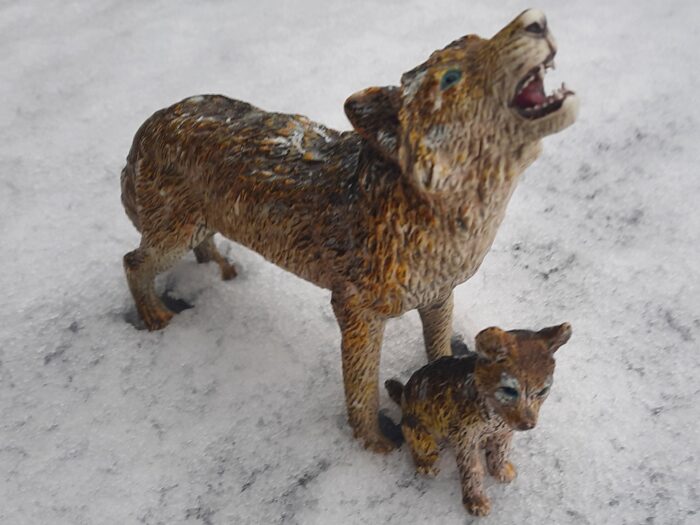With Christmas over but winter still here, I wanted to highlight and celebrate this season, starting several reviews on a “Winter Wonderland” series! Each are animals adapted for the ice and snow of the world’s coldest environments, captured in the snow that has recently fallen for my area. We start with some large hunters of the snow, the gray wolf (Canis lupus).
Brand: AAA
Walrus (AAA)
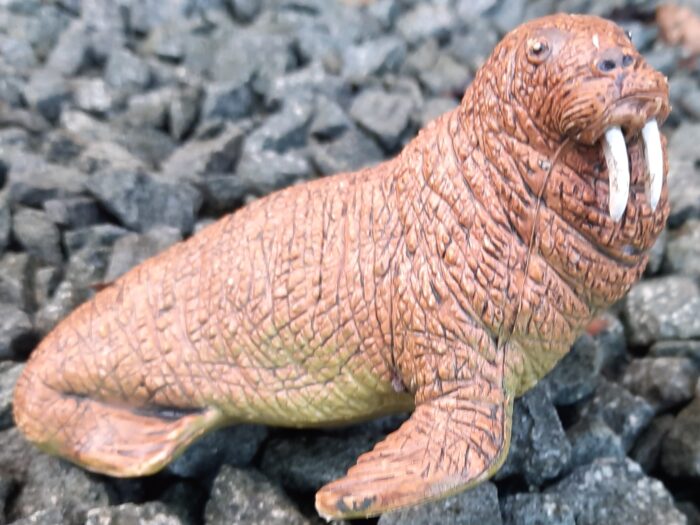
The order Carnivora has had some interesting members over the millennia. From wolves to sabre-toothed cats, they have filled the world with variety, often being apex predators in their regions. They even lay claim to the oceans, becoming adept aquatic agents, capable of chasing and killing prey (hopefully without being caught by even more adapted predators, like sharks and whales).
White Tigress Roaring (AAA)
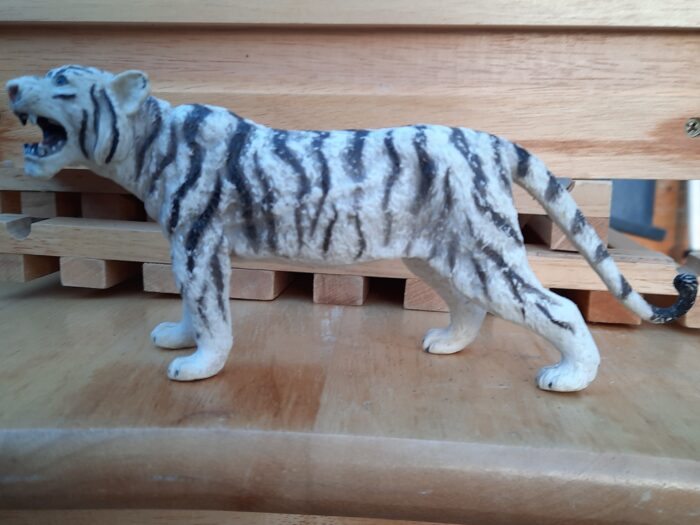
Among the modern cats, none are bigger than the tiger, and famous among these is the Bengal tiger (Panthera tigris tigris). The stripes on each being an individuals’ fingerprint, and the orange hiding it in the forests of India. But every so often, one is born heavier and larger than others, as well as lacks the vibrant orange, but instead a bright white.
Giant Panda, right front paw up (AAA)
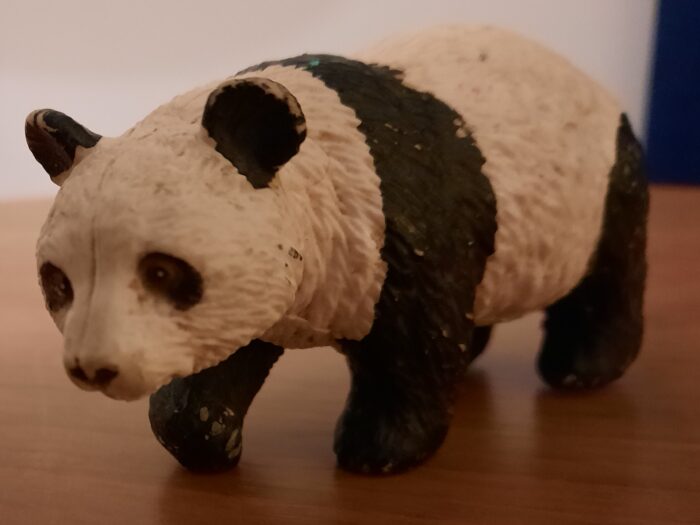
When one thinks of animal conservation, the image of one rare animal will often pops into mind: the giant panda (Ailuropoda melanoleuca). The symbol of the World Wildlife Federation, this magnificent bear nearly became extinct in the wild, but fortunately, it is in a better state than it was, now listed as venerable, so it can continue to live carefree, bamboo eating lives.
Pacific Oyster (AAA)
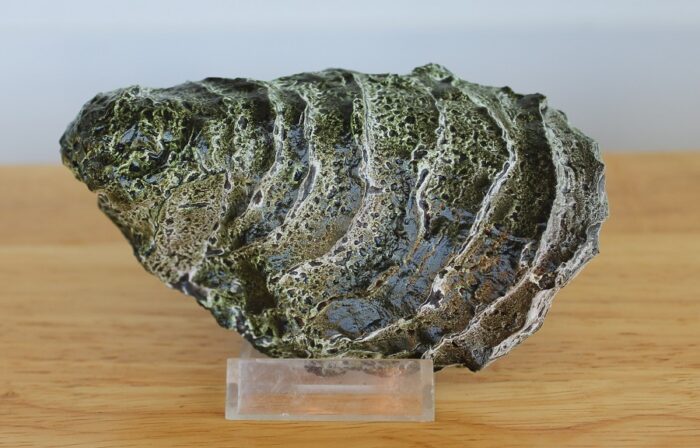
I’ve always had a fascination for my local wildlife and since moving to the U.S. state of Maryland I’ve taken a special interest in the local fauna here, including the unassuming but economically and ecologically important oyster. Although the Chesapeake Bay is most well known for its blue crabs (which I’ve covered before), the eastern oyster (Crassostrea virginica) is a significant local animal as well.
Leopard, youngster (AAA)
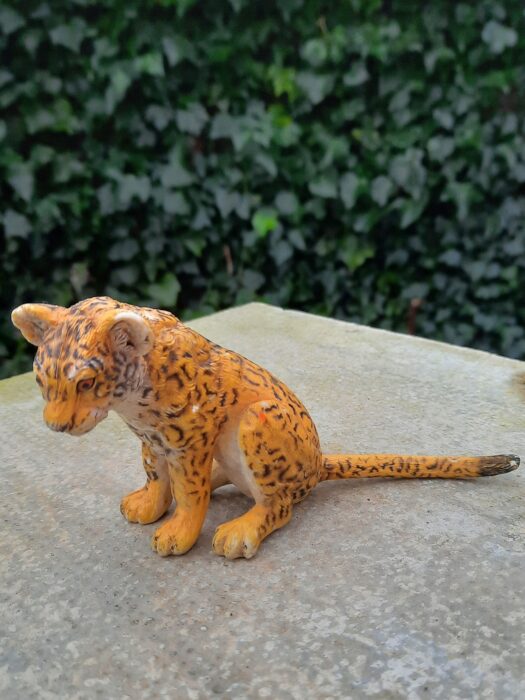
When most think of big cats in heraldry, most will think of lions, rampant on shields, but very often they will represent another of Africa’s magnificent big cats, the leopard (Panthera pardus). These rosette-marked cats had large ranges across Africa and Asia, now only pockets of their former territories remain, pushed out by humans, by hunting and loss of habitat.
Asian Green Mussel, large (AAA)
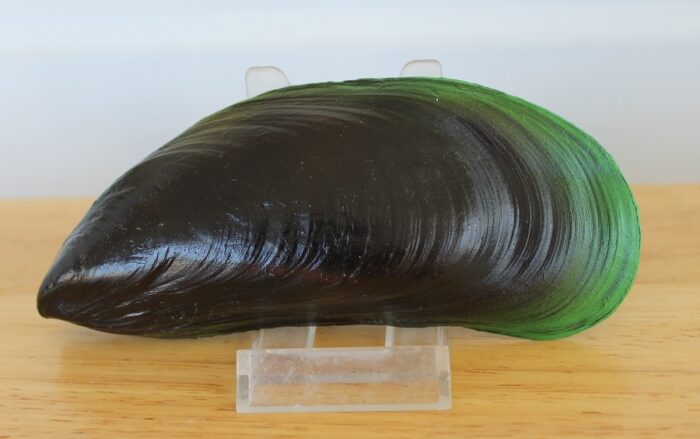
Without question one of the most neglected groups in the animal toy hobby are members of the phylum Mollusca. Sure, there is a decent selection of cephalopods out there but other classes are mostly ignored, including the class Bivalvia. On the one hand it makes sense; our hobby is a niche one as is but people that collect toy bivalves are rarer still.
Gorilla, baby sitting with banana (AAA)
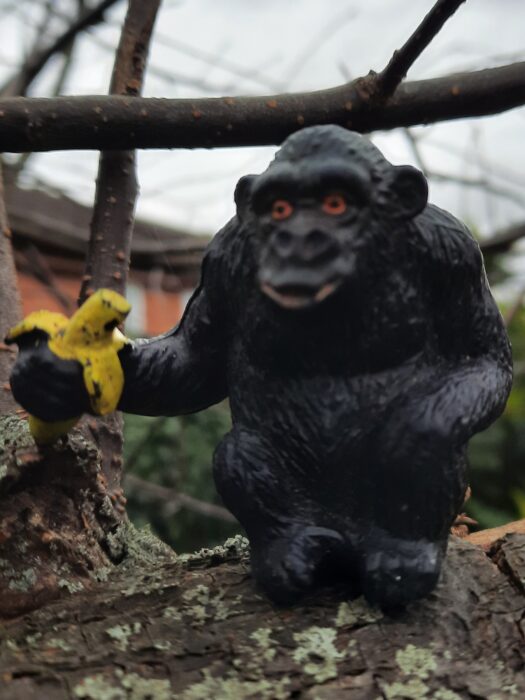
Primates. The order of which humans and our closest related species belong to. One of the groups that we are also included in are the great apes, the largest being the gorilla (Gorilla gorilla). These magnificent African apes are critical endangered and need protecting. It has many, many figures of the species made.
Monitor Lizard (AAA)
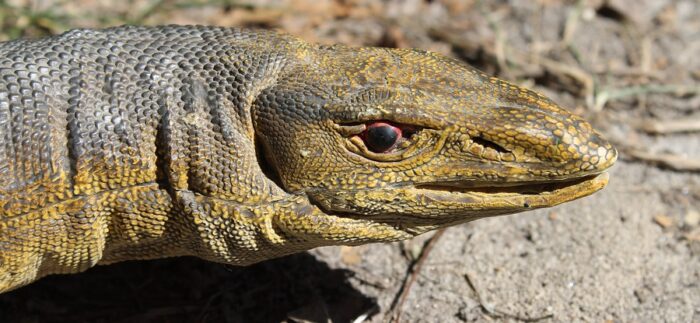
Don’t worry, this is not a case of déjà vu, I did indeed review a AAA monitor lizard already. But AAA produced several monitor lizards and this one, although it’s probably the same species as the last one I reviewed, is substantially different. The last time I reviewed one of these I admitted that I was unsure what species it was supposed to be.
Cheetah, standing (AAA)
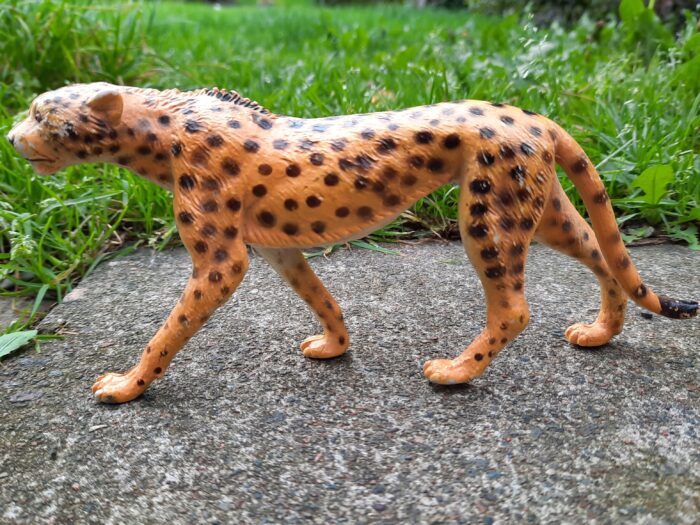
When it comes to land speed records, no living animal surpasses the cheetah (Acinonyx jubatus). This sleek predator can max out between 50 and 80 mph, allowing it to keep up with prey, although in small bursts. It is one of the largest of the Felinae group, not being a big cat as it can’t roar, only purr.
Tortoise, adult (AAA)
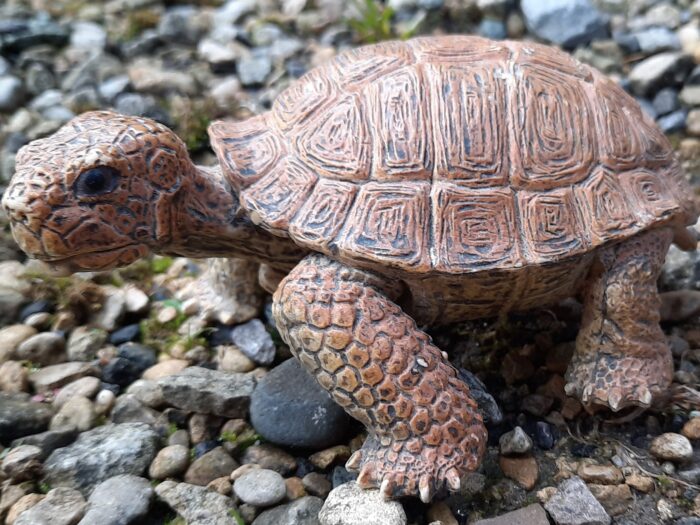
If you want to think of a land animal that is the epitome of longevity, it would be the tortoise. Notable member of this family can live for two hundred years, and can have incredible variations in terms of size. While not quite as frequently made in toy form as their aquatic relatives, there are some out there, and this review will look at AAA’s efforts.
Ring-tailed Lemur (AAA)
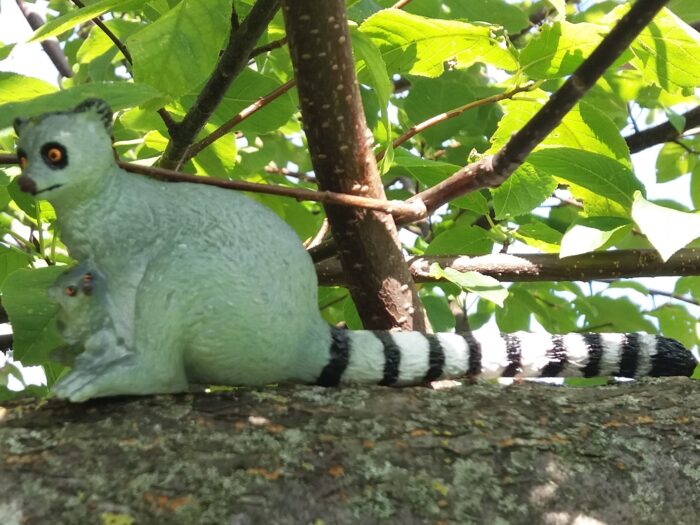
Recently, I went on a visit to the Bristol Zoo with my girlfriend. Unfortunately, it was raining quite heavily, so we ducked into the more covered areas to get out of it. Whilst we were getting out of the rain, we quite enjoyed watching the ring-tailed lemurs (Lemur catta) in the primate section.

